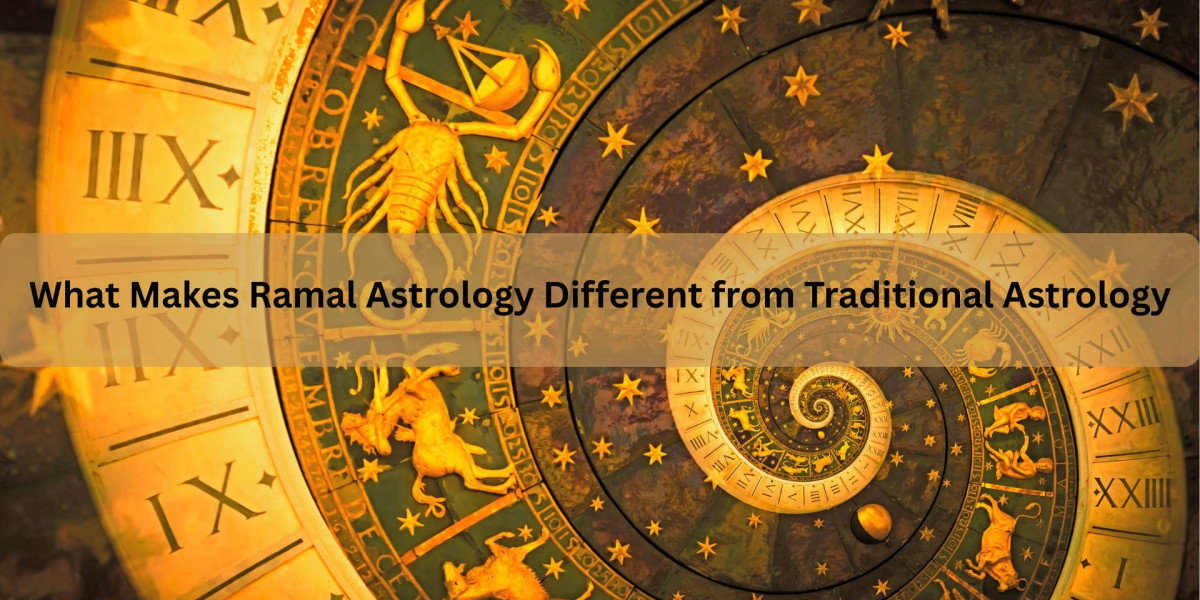I first heard about Ramal when an old uncle in Jaipur pulled out a pair of funny-looking dice during a family crisis. Someone's job interview had gone weird and we needed a quick yes-or-no. Ten minutes later he had an answer that turned out spot-on, and I remember thinking wait, this isnt the usual kundli business. Traditional Vedic astrology (the one everyone calls Jyotish) needs your exact birth time, date, place everything down to the minute then builds a whole chart of planets and houses. Ramal doesnt care when you were born. You ask a question right now, the astrologer throws special dice or makes random marks, sixteen figures pop out, and boom answer. Thats the biggest difference on the surface.
The One Thing Everyone Gets Wrong About Where Ramal Came From
You Dont Need a Horoscope Ever
In traditional astrology vs Ramal astrology, the birth chart is everything in one and completely irrelevant in the other. My cousin lost his original birth time (long story involving hospital fire in the 80s), so normal astrologers just shrug and guess. The Ramal guy didnt even ask. He just said think of your question, touch the dice, threw them four times, looked at the patterns and told him whether the flat he wanted to buy had hidden water leakage issues. It didwe found out two weeks later. No lagna, no dasha, no gochar. Just the question burning in your head at that exact moment.
The Way the Answer Actually Appears
Traditional astrology is slow and mathematically calculates ascendant, house placements, aspects, vimshottari dasha periods that stretch years. Ramal is literally random marks turned into dots. The astrologer makes four lines of random dots (or throws the dice four times), counts odd/even, gets four mother figures, then derives twelve more to fill a chart that looks a bit like a horoscope but isnt. Sixteen possible figures total, each with poetic names like Joy, Loss, Red, Girl. The whole thing takes fifteen minutes tops. Ive seen a Ramal guy answer three different questions for three different people while the chai was still hot.
Its Built for Yes/No and What Should I Do Right Now
Traditional astrology can tell you your entire life story: marriage at 28, property in the south-west direction, Saturn will trouble you till 2029. Ramal is brutally direct: Will this court case finish this year? Should I take this job offer that came today? Is the person who borrowed money planning to return it? My aunt once asked if her missing gold bangle was stolen by the maid or just misplaced. Ramal said misplaced, inside the house, near water. It turned out it had fallen behind the washing machine. Traditional astrology would need her birth chart and probably say something about Rahu in the second house.
The Tools Look Like Toys but Arent
Traditional astrologers open laptops or big ephemeris books. Ramal ones carry a small cloth pouch with two wooden or ivory dice, each face having one or two dots (sometimes four sides only). Some old-school ones still do the original sand method: jab a stick randomly sixteen times, count the dots. Same sixteen figures as Arabic geomancy (ilm al-raml), which is why people argue whether it came from India to Arab lands or the other way round. The dice are supposedly made on specific muhurats with specific metals mixed in, but honestly most working astrologers just use whatever their guru gave them.
Accuracy That Feels Almost Creepy Sometimes
Heres the weird part because Ramal only answers whats on your mind right now, and only if youre genuinely invested in the question, it can be scarily accurate. Traditional astrology can be vague (health issues in 40s) because its painting with a broad brush over a lifetime. Ramal is a sniper rifle. Ive seen it fail spectacularly when someone asks half-heartedly or tries to test it with fake questions, and nail it when the person is desperate for an answer.
Conclusion: Two Tools for Completely Different Jobs
At the end of the day, traditional astrology vs Ramal astrology is like comparing a full medical checkup with an instant blood sugar test. One maps your entire life journey with planets and karma, the other gives you a flashlight for the exact dark corner youre stuck in right now. Most families I know in Rajasthan keep both one pandit ji for marriages and muhurats, one Ramal wale baba for bhai aaj yeh karna chahiye ya nahi. Theyre not rivals; theyre just different answers to different kinds of worry. And sometimes, when you dont have time for a two-hour kundli reading, those funny little dice are all you need.





